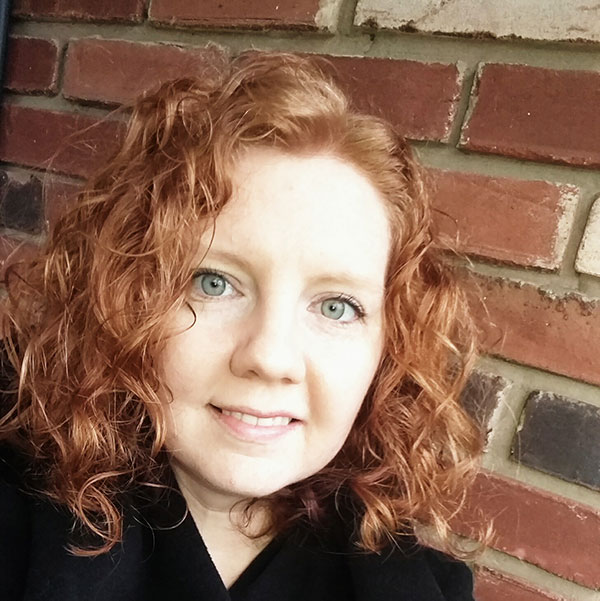
Teneice Durrant, creator of Tarot with Ten, will use various tarot and oracle decks to provide monthly readings for writers, with exercises on using imagery and intuition as prompts. August's prompt is about using the imagery of tarot and the remembered elements of dreams to create story scenes.
I don’t know about you, but I am an active dreamer. I often have the same panic-filled dream where I’m in a car careening through town and no matter how hard I push on the brakes, I can’t stop the car. The dream usually ends moments before I crash into a building or an oncoming truck.
Or how about the one where all my teeth fall out? Just spitting out mouthfuls of teeth. I am quite sure these are metaphors for something going on in my waking life, but instead of analyzing them, I’d rather write about them.
Writing a dream sequence
According to the writing site novlr, writing successful dream sequences requires keeping six things in mind:
Vivid imagery: Dreams are often hyper-real, so the more vivid your descriptions, the more captivating and immersive the dream becomes.
Sensory details: In dreams, senses are often heightened, and evoking the senses can both enhance and subvert expectations
Symbolism: Everything has meaning in dreams. Dream sequences use symbols to foreshadow, hint, and reinforce.
Emotion: Using emotion in dream sequences allows characters to explore their heightened state, and expose their feelings on events.
Confusion: Dreams can be illogical and disjointed. By disorienting both your characters and readers, you can explore new narrative avenues.
Representation of desires or fears: Dreams often reflect our subconscious thoughts and emotions, and the images and events in the dream can reveal important information about the character’s inner world.
Let’s start this prompt by thinking about a recent dream. You don’t have to remember what happened; just start listing the elements you remember. For example:
A large bunny, and he walked on all fours and had a top hat.
My mom. I knew it was my mom but it didn’t look like her.
I couldn’t find a purple baby carriage. Like an old-fashioned one. It was imperative that I find it, but I didn't know why.
We were in my backyard, but it was also the parking lot of the local grocery store.
Tarot reading for writers
Now I am going to pull four tarot cards and for each dream element, try to write a couple hundred words on how the card and dream imagery interact. Try to employ as many of the dream sequence elements as possible, especially the colors and symbology of the tarot cards. It doesn’t have to make sense; it just has to make you feel.
As always, these images are from the Rider Waite tarot deck, via Pixabay (Creative Commons license), and you can flip through all cards from this reading here:
Two of Pentacles
This is a card of balancing obligations. Maybe someone is juggling two jobs or two financial burdens. In the dream world, this could be represented by the actual act of juggling two things that could never be juggled in real life, or maybe it represents the dreamer trying to juggle two versions of self.
Queen of Swords
This is the off-with-your-head Queen. She is fair but precise and swift in her punishment. She allows no room for error or emotions. This can be very confusing if the dream is a whirl of emotions.
Six of Pentacles
This is a card of balancing resources. If you have it, you give it, and if you need it, you take it. Is there someone rationing out love in your dream? Is someone being taunted by a withheld object?
Six of Wands
The triumphant return home! Something or someone has returned to the dreamer amid pomp and circumstance. Does the dreamer share in the happy return or is there an underlying feeling of jealousy?
A writing prompt
So you’ve written a few rough scenes on the interaction between the tarot imagery and your dream imagery. Is there one scene you feel compelled to work on more than the others, or could all the scenes be woven together in some way? And what about a main character? What is their main objective? Which one of these scenes can be developed into the climax of a story? Use the tension and imagery of the tarot cards to develop one or more of your remembered dreams into a larger story.
Do you remember your dreams? Have you ever had a recurring dream? Ever written about your dreams? Will you try this exercise? Share with us in the comments.
Until next month, here’s how to find me outside of the Center:
Podcast anchor.fm/tarotwithten
YouTube Tarot with Ten
What did you think of this tarot reading and the cards as visual prompts for story development? Share with us in the comments, and contact us if you’re interested in working one-on-one with Teneice in part 3 of Writing Toward Balance and Wholeness: Tarot and the Narrative Arc (taking parts 1 and 2 first is not required).
Want to receive tips and inspiration like this in your inbox every Sunday morning? Join our email list community! You will receive weekly advice, a year’s worth of weekly writing prompts as a FREE download, and be eligible to participate in our monthly photo prompt contest for a chance to share an original piece of writing with our community of more than 2,500 writers.
